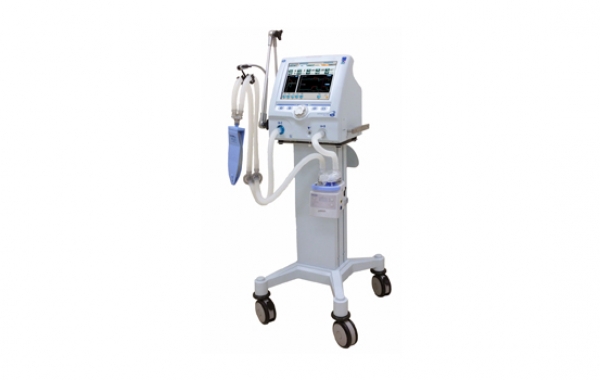ICU ventilators are life-saving machines essential for patients who are critically ill and require mechanical assistance to breathe. These ventilators are crucial in intensive care units (ICUs), where they provide respiratory support to patients with severe respiratory conditions, such as acute respiratory distress syndrome (ARDS), pneumonia, and other life-threatening conditions. Given the importance of these devices, it is crucial to understand the factors that influence the ICU ventilator price and how to make an informed purchase decision.
Factors Affecting ICU Ventilator Prices
- Type of Ventilator: ICU ventilators come in various types, each with different features and capabilities. The most basic models provide essential functions, such as volume control and pressure control ventilation, while advanced models offer a wider range of modes, such as adaptive support ventilation (ASV) and proportional assist ventilation (PAV). The more advanced the features, the higher the ICU ventilator price.
- Brand and Manufacturer: The brand and reputation of the manufacturer can significantly influence the price of an ICU ventilator. Established brands that are known for their quality and reliability often command higher prices. However, they also offer better customer support, warranty, and after-sales service, which are critical in a healthcare setting.
- Technology and Innovation: The incorporation of cutting-edge technology, such as touch-screen interfaces, advanced monitoring capabilities, and AI-driven algorithms, can drive up the cost of an ICU ventilator. While these features enhance the functionality and ease of use, they also contribute to the overall ICU ventilator price.
- Customization and Accessories: Some ICU ventilators can be customized with additional accessories, such as humidifiers, nebulizers, and advanced monitoring systems. While these add-ons improve patient care, they also increase the total cost. Hospitals and healthcare providers must carefully evaluate their needs before deciding on optional features.
- Regulatory Approvals and Certifications: Ventilators that have been approved by regulatory bodies, such as the FDA or CE, often come at a higher price. These certifications ensure that the ventilator meets stringent safety and performance standards, which is crucial in a clinical setting.
Making an Informed Purchase
When purchasing an ICU ventilator, it is essential to consider the needs of your healthcare facility and the types of patients you typically treat. While it may be tempting to opt for the most advanced model, it is crucial to balance the features with the actual requirements and budget constraints.
- Evaluate Needs: Assess the types of respiratory conditions your ICU frequently manages and choose a ventilator with appropriate modes and features.
- Consider Longevity: Invest in a ventilator from a reputable brand with a proven track record of durability and reliability. This ensures long-term value and minimizes maintenance costs.
- Compare Prices: Obtain quotes from multiple suppliers to ensure competitive pricing. Don’t forget to factor in the cost of accessories, maintenance, and service contracts.
- Check Certifications: Ensure that the ventilator is certified by recognized regulatory bodies for safe and effective use in critical care settings.
Conclusion
Understanding the factors that influence ICU ventilator price can help healthcare providers make informed decisions that align with their budget and patient care needs. Whether you’re a small clinic or a large hospital, investing in the right ventilator is essential for delivering quality care to critically ill patients. By carefully considering your options and evaluating the total cost of ownership, you can ensure that your ICU is equipped with reliable and effective ventilators that meet the demands of modern healthcare.





Comments